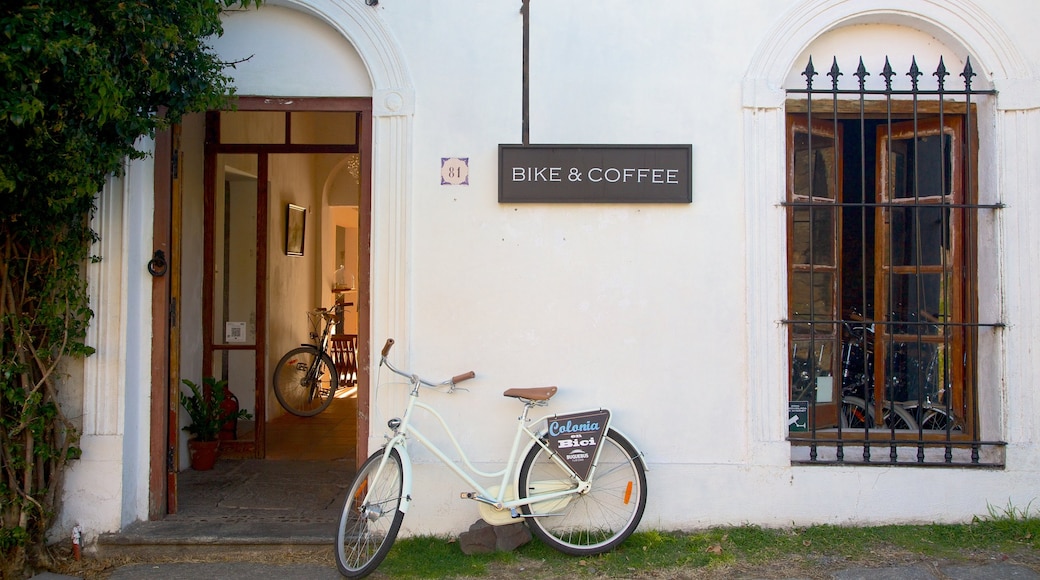南美洲這顆隱世寶石擁有歷史悠久的首都和殖民城鎮、廣闊的農村、獨特的海灘度假勝地和讓您隨心所欲的滑浪點。
烏拉圭是一個小國,擁有百年歷史的殖民城鎮、風景如畫的海灘、熱鬧的文化氛圍、多樣的野生動物和連綿起伏的鄉村。烏拉圭經歷過葡萄牙和西班牙的殖民統治,因此除了南美的根源,還添上了一層獨特的歐洲傳統。
烏拉圭的市際巴士網絡覆蓋大部份遊客常到的地方,非常方便。不過,在這個小國租車自駕遊也是十分愉快的體驗。
由位於拉普拉塔河岸的首都蒙特維多出發。前往舊城欣賞 18 至 19 世紀殖民時期的建築。海濱長廊兩旁設有公共公園和高尚住宅。參與由 1 月下旬開始至 3 月上旬才結束的節慶活動,這可是世界上最長的慶典呢!您還可以遊覽附近的卡內洛內斯葡萄產區的酒莊。
沿西岸到烏拉圭最古老的聚居地,科洛尼亞德爾薩克拉門托。這兒的博物館設在一所柔和色調的房子內,與附近的鵝卵石街道形成一幅美麗的圖畫。這裡的環境從 1700 年起一直保存現在的模樣。在寧靜的河邊小鎮卡梅羅休息一下,然後往北到達卡連坡體驗牛仔文化。
到烏拉圭的海灘度過炎熱的夏季。想玩水上運動和體驗夜生活當然要到埃斯特角城,而想踫上名人則要到何塞伊格納西奧。帕洛瑪及朋達迪阿布羅位於羅恰省,這兩個海灘小鎮都是波希米亞人、背包客和滑浪人士的度假勝地。
野生動物和大自然愛好者也能大飽眼福。您可以到烏鴉峽谷騎馬,或者在聖德肋撒國家公園等自然保護區觀賞稀有原生鳥類。7 月至 10 月是南部露脊鯨遷徙到大西洋沿岸的季節。
烏拉圭是最安全的南美國家之一,而且氣候溫和,因此任何時間旅遊都非常精彩。




